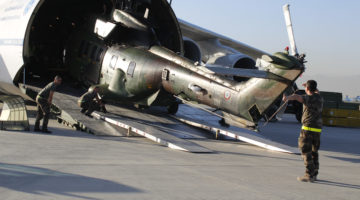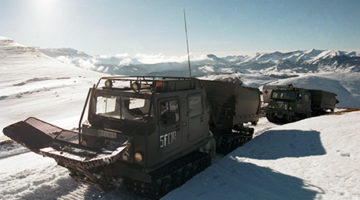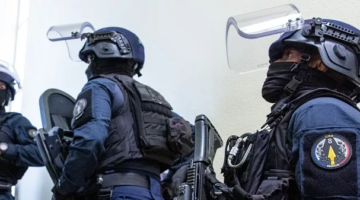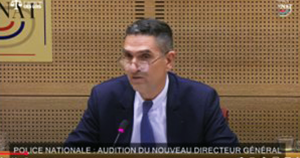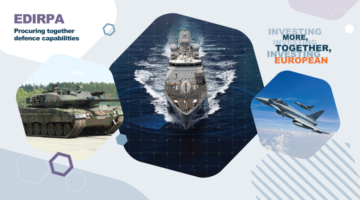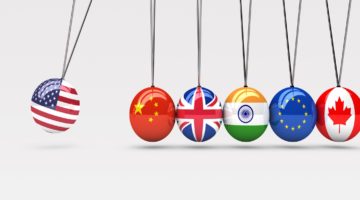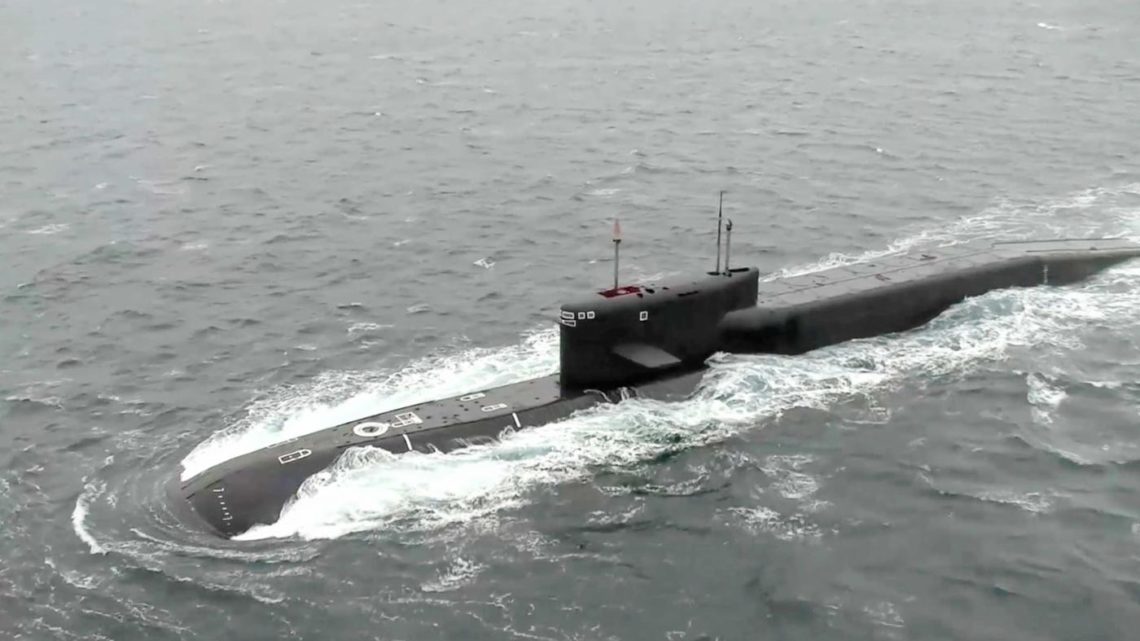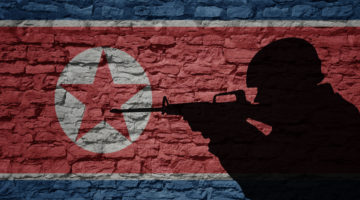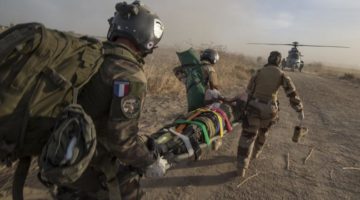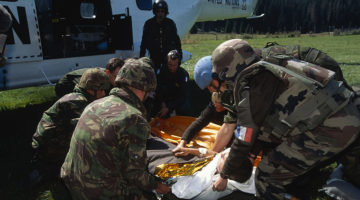Source: NATO – By Pierre de Dreuzy, Andrea Gilli – Russia’s nuclear coercion in Ukraine
In 2022, the spectre of nuclear weapons use has returned to centre stage in Europe. From the very beginning of Russia’s invasion of Ukraine in February of this year, Russian President Vladimir Putin has brandished his country’s nuclear sword in an attempt to compel Ukraine to capitulate to Russia’s demands and to deter NATO from intervention. This is the most significant attempt at prolonged, consistent, and conscious nuclear coercion against NATO and its partners in almost forty years. We must therefore reflect on Russia’s nuclear coercion with considerable scrutiny.
The role of nuclear weapons: deterrence vs compellence
In crisis situations, nuclear weapons may be used in two ways: to deter (deterrence) and to compel (compellence). Deterrence prevents aggression by an adversary via the threat of a massive counter-attack. Compellence is used in the interest of obtaining something, like a peace agreement, via the threat of a massive deployment of force against an adversary. Preliminary evidence from the ongoing war in Ukraine confirms what many nuclear scholars have long argued: nuclear weapons are an effective tool for deterrence but often a weaker instrument for compellence.
In Ukraine, Russia’s nuclear threats were ostensibly meant to compel Ukraine to surrender, and Western countries to halt their assistance. In fact, Ukraine’s armed forces have shown no inclination to end their defensive actions, even going so far as to strike Russian targets on Russian territory. Meanwhile, Western countries have neither halted nor slowed the flow of aid to Ukrainian troops. Still, discussions about the use of nuclear weapons in Ukraine have recently occurred at the senior level within the Russian armed forces (although without Putin’s direct involvement). These meetings could potentially be first steps toward more serious nuclear signalling.
Conversely, evidence from Ukraine strongly underscores the deterrent value of nuclear weapons. On one side, NATO’s nuclear shield has helped to deter Russian aggression against NATO member countries in the eastern part of the Alliance, especially in the Baltics. On the other side, Russian nuclear weapons have likely exerted, to different degrees and at different levels, a deterrent effect. From the beginning, NATO Allies have ruled out a direct intervention in Ukraine, including a no-fly zone, and some Allies have constrained the type and range of munitions supplied to Ukraine, likely to reduce escalation risks.
As a final note on the topic of deterrence and compellence: according to the late leading nuclear scholar Robert Jervis, nuclear weapons support territorial status-quo. In his account, nuclear weapons are effective when invoked in defence of vital interests, like national territory. In Ukraine, Putin has used constitutional referendums in the Donbas, Kherson and Zaporizhzhia to try to legitimise Russia’s claims on Ukrainian territory, and the threat of nuclear weapons to consolidate such territorial annexations. However, Russia’s nuclear deterrence has not entirely had its intended effect. Not only has Ukraine paid little heed to these warnings, launching counterattacks to reclaim its territories (to great effect in Kherson), but the international community has systematically replied with reference to international law: both de jure and de facto, these areas are still Ukrainian territory. (…)
READ ARTICLE IN FULL >>> https://www.nato.int/docu/review/articles/2022/11/29/russias-nuclear-coercion-in-ukraine
Photo: Russian nuclear ballistic submarine (SSBN) ‘Tula’ (Northern Fleet) in a strategic deterrence forces exercise on Wednesday Oct 26, 2022. © Reuters / Russia MOD via EYEPRESS © as published by NATO, ibid


